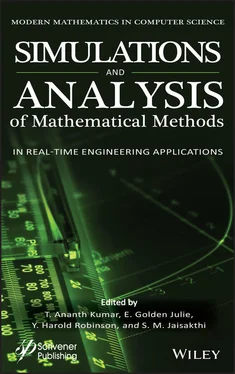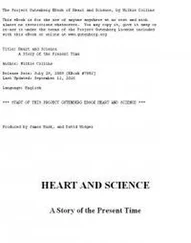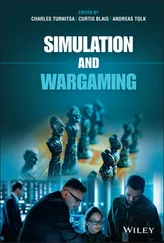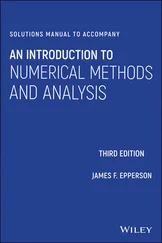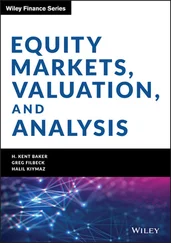Though the applications defined are not limited to, with the emergence of 5G, the offloading computation can provide much more efficiency in low latency and high bandwidth.
2.2.2 Computation Offloading Mechanisms
Computational offloading is one of the primary processes in an edge computing environment to reduce the delay and improve the response time. There are various approaches for computational offloading, as shown in Figure 2.5, based on offloading flow and offloading scenario.
Based on offloading goals, the computation offloading is divided into two different categories. Offloading flow comes under the first category where the previous offloading category can be divided into four other categories, i.e., offloading from ED to EC, offloading from EC to cloud computing, offloading from one server to another and hierarchical offloading. Offloading scenario, which is the second, is based on one-to-one scenarios, one-to-many scenarios, many-to-one scenario and many-to-many scenarios [15].

Figure 2.5 Computation offloading flow.
i) Classification based on offloading flow
1 a) From ED to EC. This comes under the first category where ED and EC together form a whole system. Here, computational tasks are executed by ED locally and are offloaded at EC [15].
2 b) From EC to CC - ED generally sends the task to the EC. EC analyzes and decides if a particular task can be performed by it or if not, it sends it to the cloud to complete the task. This is the second category of Offloading flow [15].
3 c) Many ECs combine together and form an edge system from EC to others - This being the third category of Offloading flow. When an EC receives a task, it is decided by EC whether to perform a particular task or to offload it to the EC server in the same system, which has a direct impact on offloading performance. To optimize execution delay and power consumption, cluster formation is carried out in a single scenario [15].
4 d) The hierarchical offloading. The fourth category of offloading flow works in a tier/hierarchical system. A single task can be offloaded to local EC/cloud/several or a few of the tiers [15].
ii) Classification based on offloading scenarios
1 a) One-to-one - This is the first offloading scenario. To optimize the offloading performance, one entity decides to offload a particular computational task or not. This application can depict many to one offloading as one entity (ED) can run on multiple applications by offloading data separately [15].
2 b) One-to-many - Many EC servers is available in one too many offloading schemes. ED decides the offloading decision which includes whether to offload and to which server it should offload. This is the second offloading scenario [15].
3 c) Many-to-one - As the name suggests, being the third of offloading scenarios, many EDs offload their tasks to one server. For optimizing the whole system, the decision is made by all the entities. The single server is responsible for making the decision for all Eds [15].
4 d) Many-to-many - The fourth offloading scenario, i.e., many-to-many, being the most complex one, is the combination of one-to-many offloading and many-to-many offloading. The information from both EC and ED is required for decision making for the centralized offloading model in the many-to-many offloading scenario. Due to the complexity of solving the model, distributed method offloading is much needed [15].
2.2.2.1 Offloading Techniques
Pictorial representation of offloading techniques given in Figure 2.6. It is classified based on the mode of offload selected, channel model used, computation method used, and energy harvesting method chosen [16]. These are the aspects to be considered when solving a computational model. There are four techniques in computation offloading [15].
1 i) Offloading model - If a task is partitionable, it is divided into two offloading modes: Binary offloading mode, where the whole task is offloaded and the second is a partial mode where a partial task is offloaded.
2 ii) Channel model - The channel model is divided into interference model and interference-free model depending on multiple access mode. Figure 2.6 Offloading techniques.
3 iii) Computing the model-in computation model, the energy consumption and latency for task execution and task transmission depend on the computation and queue model.
4 iv) Energy Harvesting Model - The energy harvesting is also used in managing the energy requirement, which is divided into deterministic and stochastic.
Among those techniques, offloading based on a mathematical model is discussed in the next section.
2.3 Mathematical Model for Offloading
Mathematical offloading is a process of mathematical calculations and programming to compute offloading of tasks. In general words, mathematical offloading and modeling are converting physical world challenges into a mathematical form that would generate solutions for any application. The system model as such is divided into Stochastic and Deterministic process. The dependent factor of the system determines the parameters of the model. Being manageable to scientific investigations is the advantage of the deterministic model. The stochastic model is considered for having entities that produce probabilities concerning time [17]. Model for offloading where static in stochastic and deterministic is responsible for representing a system at a given time and dynamic in stochastic and deterministic is responsible for representing a system with respect to change in time. The dynamic model for stochastic and deterministic is divided into discrete and continuous. In discrete, the variables change at a discrete set of points with respect to time. In continuous dynamic, variables change with respect to time [18]. The stochastic dynamic-based system can be easily modeled and the optimization problem can be solved using the Markov chain model. There are various types of Markov chain models for dynamic problem solving, depicted in Figure 2.7, namely, i) Markov chain, Semi-Markov chain, Markov Decision, Hidden Markov, Queuing model. The section below describes these models in detail.
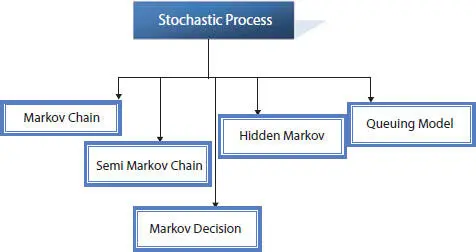
Figure 2.7 Markov chain-based stochastic process.
2.3.1 Introduction to Markov Chain Process and Offloading
Working of Markov Chain Model - To statistically model random processes, the Markov chain model is one of a simple way. Markov Chain model is also defined as “A stochastic process containing random variables, transitioning from one state to another depending on certain assumptions and definite probabilistic rules” [19]. They are widely used in applications from text generation to financial modeling and auto-completion applications.
Using Markov property, random variables transit from one state to another. Markov property states that the probability of changing from current to the possible future state by random process depends on the current state and time and is independent of the series of states that preceded it.
Figure 2.6illustrates the Stochastic process, which is further classified into Markov Chain, Semi Markov, Markov Decision, Hidden Markov and Queuing model.
Markov chain describes a sequence of possible events where each event’s probability depends on the previous state event [20]. Semi-Markov model is an actual stochastic model that evolves with time by defining the state at every given time [21]. As the name itself implies for Markov Decision, it is a process of making decisions where partly random decisions are few and few are at the decision maker’s control [22]. In the Hidden Markov model, rather than being observables, the states are hidden [23]. The Queuing model helps predict the length of the queue and waiting time is predicted [23].
Читать дальше
